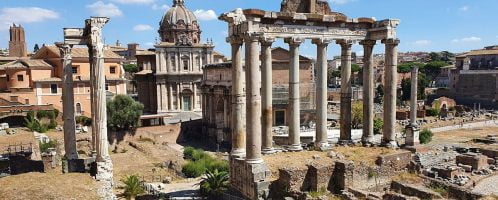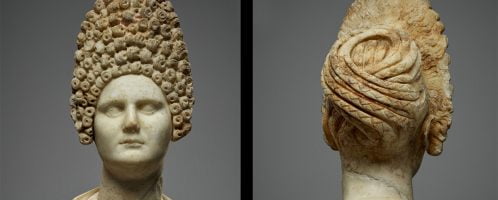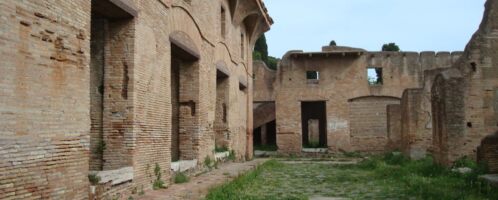Fate in Roman world
In ancient Rome, one of the most intriguing customs was fate, i.e. the concept of fate, which was closely related to divine will. It was believed that the goddesses of fate, known as the Trinity of Fatum – Nona, Decima and Morta – had control over each person’s life.











